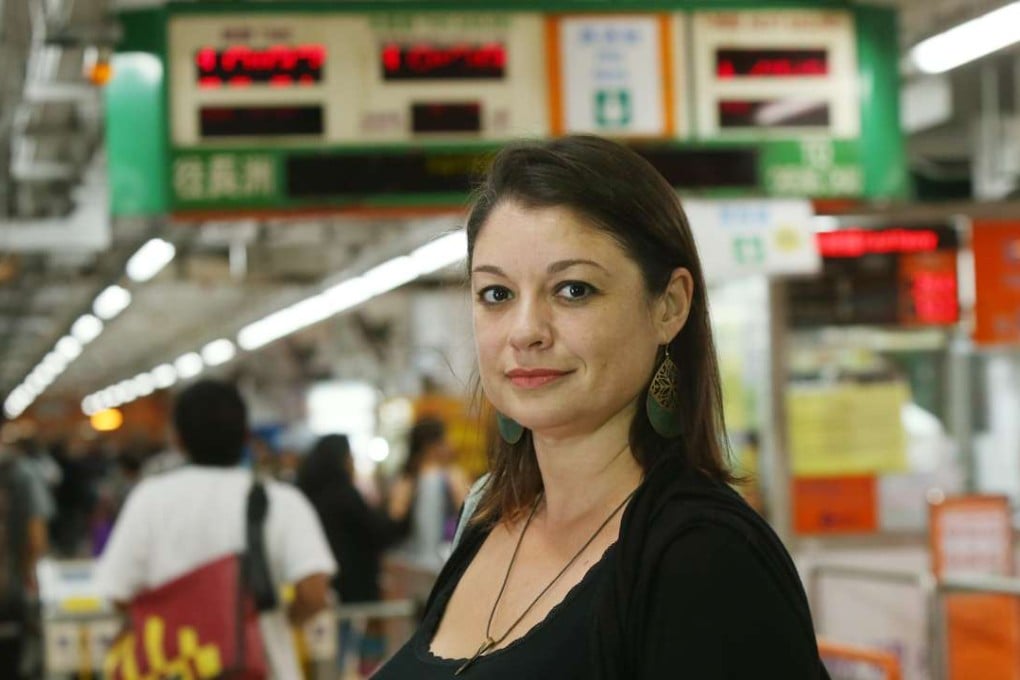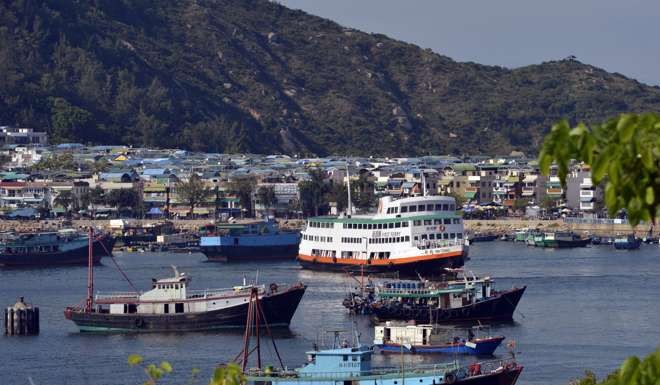High and dry? Cheung Chau residents demand added ferry services for morning peak hours
Operator says it’s unable to run additional ferries, but locals reject claim, citing increased and frequent service on Sundays

Population growth on Cheung Chau has residents calling for more ferry services during weekday morning peak hours in order to meet overwhelming demand for commuter transport.
According to some residents, maximum capacity is quickly being reached for the 6.20am fast ferry to Central, with up to 40 passengers left to wait for the next service on a daily basis. While some evening services are also beginning to fill up, the issue is not as critical as the mornings when children must get to school on time.
The situation has led many residents to voice their dissatisfaction at the ferry operator, New World First Ferry Services Limited (NWFF), via a Facebook page.

Others have aired their frustrations over being left to catch the next ferry during the evening rush home, with seats for the 6.20pm fast ferry from Central also filling up quickly and leaving dozens to take the later, ordinary services.
Antonia Cable, a 20-year Cheung Chau resident, said residents had been told extra ferries were not available.